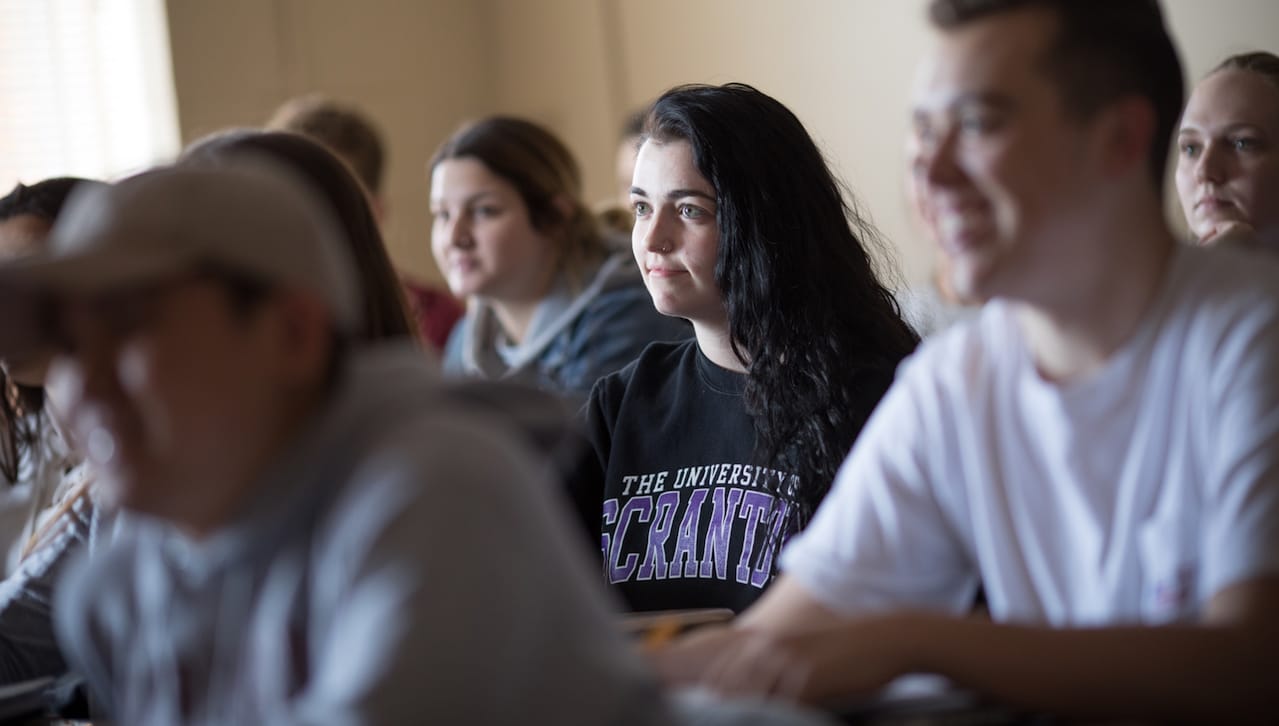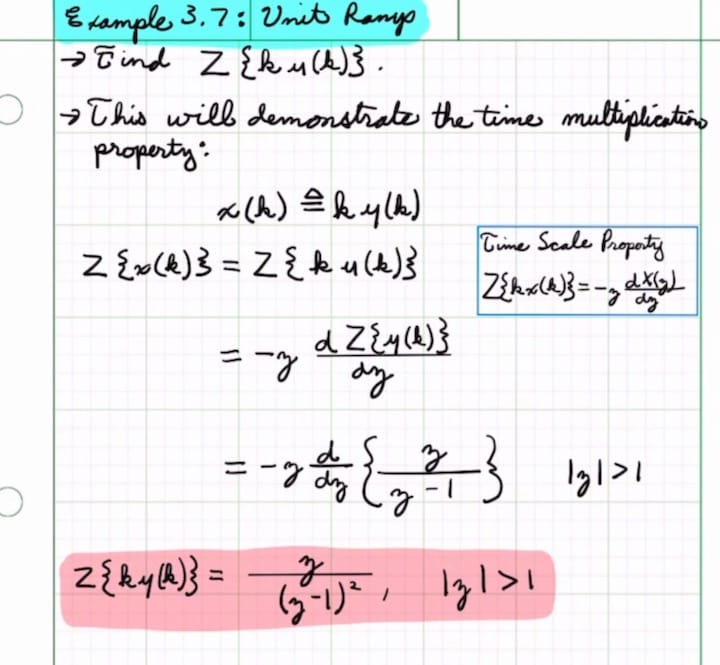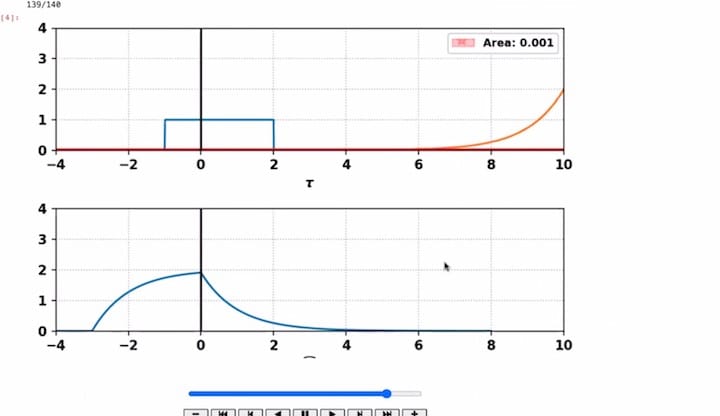Faculty Adjust Method of Instruction for Fall

How do faculty know what is working and, more importantly – what’s not, when teaching a class? They observe student reactions during class; review results of assignments, tests and quizzes; and even survey students regarding their opinions about the way the course material is being presented. At least these are some of the methods applied by Nicholas Sizemore, Ph.D., associate professor of chemistry, and Nathaniel Frissell, Ph.D., assistant professor of physics and engineering, for their curriculum during this unprecedented fall semester.
Dr. Sizemore is teaching Introductory Chemistry I (Chem 110) and Organic Chemistry I (Chem 232) remotely this semester. In the spring, the pandemic obliged him to adjust courses to a virtual format midway through the semester. At the semester’s end, he used a survey that allowed students to anonymously provide feedback about the course and then used their input to inform his approach to the material for the fall semester.
Dr. Sizemore relies on a combination of recorded lectures and slides for problem-sets that he can complete as he goes through the material. The students watch the pre-recorded lectures prior to attending class. The class time is then used as a discussion session, giving students the opportunity to ask questions about material covered in the lecture. In addition, he will also offer online discussion sessions if warranted.
Dr. Sizemore essentially “flipped” his class. “I reorganized the way we cover material,” said Dr. Sizemore. “We spend a lot of class time solving problem sets. The students watch the lectures on their own time. That’s a better use of class time than having the students struggle through a problem set on their own, then sit in my class for a lecture.”
Dr. Sizemore also surveys students at mid-term, allowing them to anonymously tell him which aspects of the class and resources offered are most useful, as well as which are not.
“Some items mentioned in the feedback can be adjusted easily during the semester, some cannot. The students have been pretty understanding of that,” said Sizemore, who has done mid-term surveys of his students since he began teaching at Scranton five years ago. “The main thing is to be willing to be as accommodating as possible.”
Dr. Frissell also tries to be as flexible as possible to accommodate students.
“I am trying to add a sense of normalcy to class instruction during these unusual times. At beginning and end of class, I chat with students about how they are doing,” said Dr. Frissell, who is teaching Digital Signal Processing (EE 346) and Intro to Astrophysics (Phys 360) courses in-person, while incorporating Zoom for students who cannot make it to class. The Zoom option is also maintained so he can move seamlessly to an online format as needed during the semester.

Dr. Frissell is leveraging technology for instruction. He uses Zoom Share to allow remote students to ask questions in real time and has integrated his iPad into Zoom to allow him to solve problems live during class sessions, a demonstration he found his students prefer.
“I also download notes prior to class so students can review and follow along during the class. The students can also refer to the notes over time,” said Dr. Frissell.
Dr. Frissell views the video feed of students on his computer during class, so he can “see their reactions to the material while I’m also watching the students in the classroom, too. That gives me a general impression – do they like the format – do they like the way I am teaching – as well as do they seem to understand the material? After I explain something, I give the students time to respond with questions.” Dr. Frissell uses homework assignments for students to demonstrate their understanding of the material covered. In addition, prior to reviewing material in class, he uses a real-life application of a concept to motivate the students about the topic.
For the physics and engineering courses taught by Dr. Frissell, learning some kind of computer programming language is important.
“How do you take these concepts and actually put them into the computer?” said Dr. Frissell. “What’s beautiful now is that there are free and open-source tools available to students that will let them use the computations we learn in class. I use those tools a lot in the class. I can teach the code and input the digital signals into the computer, then students can do the processing and use that to help solve homework or exam problems. I am trying to give students the same level of experience they would get in the classroom remotely and vice-versa.”

In physics and engineering courses taught by professor Nathaniel Frissell, Ph.D., students learn computer coding and input the digital signals to solve homework or exam problems.






